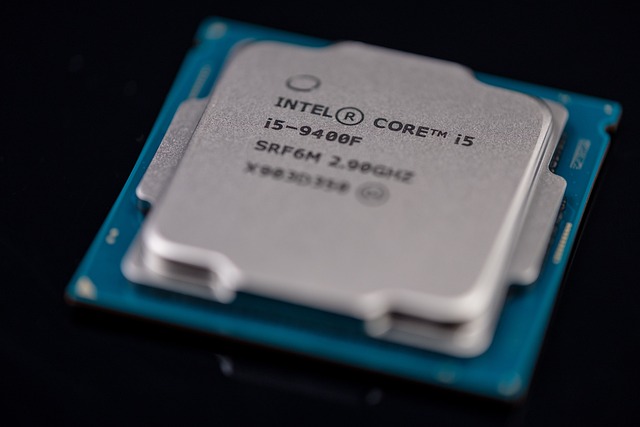Introduction: Solving AI's Scaling Challenge
Artificial intelligence (AI) drives business transformation, but its growing power demands immense computational resources and energy. Neuromorphic computing offers a sustainable solution. Inspired by the efficiency of the human brain, it mimics biological neural networks to process AI tasks using significantly less power and often at higher speeds than conventional hardware.
How Neuromorphic Computing Works

Unlike standard 'von Neumann' computers that constantly shuffle data between separate processing and memory units, neuromorphic chips integrate these functions, much like the brain. This minimizes data movement—a major energy drain. Key principles include:
- **Spiking Neural Networks (SNNs):** Mimicking biological neurons that fire 'spikes' only when needed, enabling highly efficient, event-driven processing.
- **Massive Parallelism:** Processing information simultaneously across many simple units, mirroring the brain's distributed architecture for speed and resilience.
- **On-Chip Learning:** Incorporating features like synaptic plasticity allows chips to learn and adapt from data streams in real-time, reducing reliance on cloud-based training.
Intel's Neuromorphic Leadership

Intel is a key player advancing neuromorphic technology through hardware and software innovations:
- **Loihi 2 Processor:** Intel's second-generation research chip delivers significant gains in speed, efficiency, and neuron density. It features programmable neurons and supports the open-source Lava software framework, simplifying the development of neuro-inspired applications.
- **Hala Point System:** Unveiled in 2024, Hala Point is the world's largest neuromorphic system, integrating 1,152 Loihi 2 processors (1.15 billion neurons). It provides researchers with a platform to tackle mainstream AI workloads and explore more sustainable, large-scale AI models.
Real-World Business Applications
Neuromorphic computing is enabling new capabilities across industries:
- **Intelligent Robotics:** Equipping robots with faster sensory processing for better navigation and interaction. Researchers in Singapore use Intel's Loihi to develop robots with an electronic 'sense of touch'.
- **Accelerated Healthcare:** Speeding up complex analyses like drug discovery simulations or processing real-time patient data for assistive technologies, as explored by Intel and Accenture for pediatric patients.
- **Enhanced Cybersecurity:** Improving threat detection by rapidly identifying subtle anomalies in network traffic. Research shows Loihi can mimic biological olfaction to 'smell' and classify hazardous chemicals.
- **Optimized Telecommunications:** Developing adaptive AI models for efficient network resource allocation and management, demonstrated by research partners like Ericsson.
Join the Intel Neuromorphic Research Community (INRC)

Intel fosters collaboration via the INRC, connecting researchers globally across academia, government labs, and industry. This community shares insights, tackles challenges, and accelerates neuromorphic application development.
Conclusion: The Efficient Future of AI
Neuromorphic computing represents a fundamental shift towards more efficient, adaptable, and sustainable AI. For businesses, it promises solutions that can handle complex, real-time tasks close to the data source with significantly lower energy costs. As Intel and the research community continue to innovate, neuromorphic technology is set to unlock new frontiers in artificial intelligence.